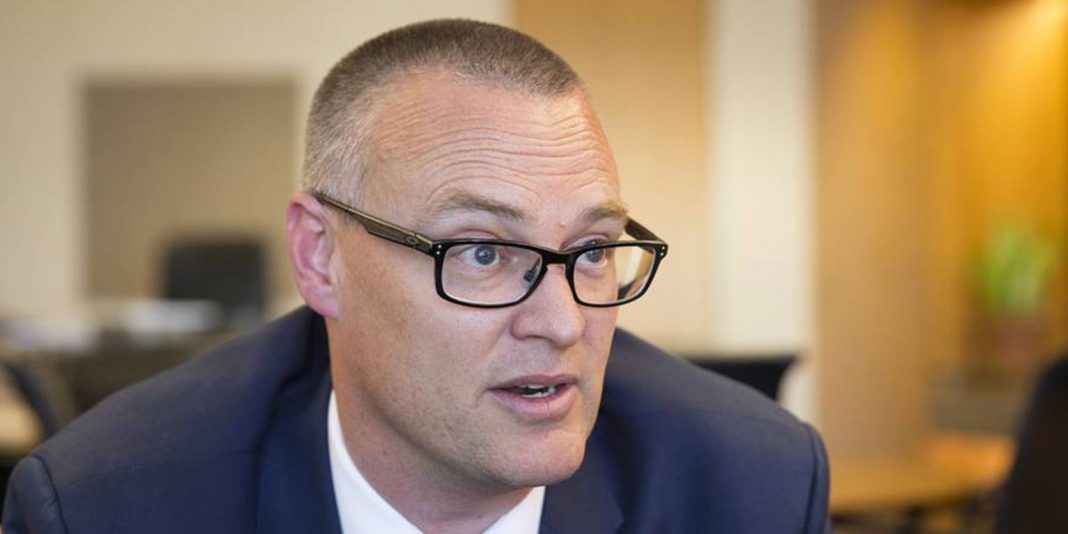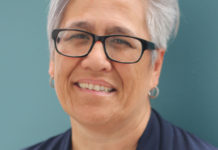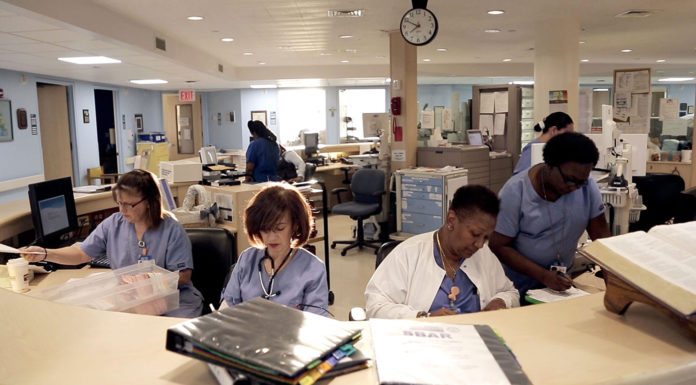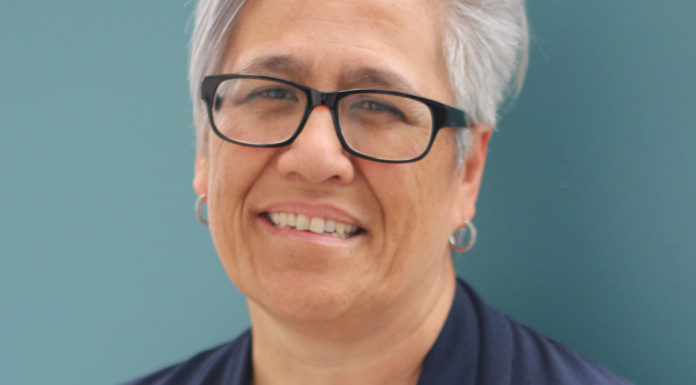The Director-General of Health is to take a key role in ensuring safe staffing implementation in public hospitals in a new accord between the DHBs, Ministry of Health and NZNO due to be signed in Parliament on Monday.
Dr David Clark, the Minister of Health in announcing the accord today said it was clear that “we’ve been asking too much of our nurses and their workloads are not sustainable”.
Concerns about unsafe staffing and the DHBs’ slow implementation to date of the Care Capacity Demand Management (CCDM) tools – that were created to calculate and resolve understaffing – was one of the major reasons many DHB nurses gave for rejecting the 4th offer and going out on strike on July 12. The 5th offer, that online voting is due to start on Tuesday, was endorsed by the NZNO negotiating team saying it would strengthen the implementation mechanisms and monitoring of safe staffing as the 20 DHBs worked toward implementing CCDM by 2021.
Memo Musa, NZNO chief executive, said the announcement of today’s accord was supplementary to the offer and meant he was finally confident that the top level of Government would address the unsafe staffing levels experienced for over a decade in the public sector.
Clark said under the terms of the Accord, DHBs and the Ministry will work with NZNO to monitor the implementation of the CCDM safe staffing tools. “There will be clear accountability mechanisms in place to ensure the required staffing is delivered,” said Clark.
In a letter to the parties to the Accord he said he would be asking the State Services Commissioner to consider re-wording the Director-General’s performance expectations to reflect the Accord. Also asking the chairs of the 20 DHBs to consider similar wording in the performance expectations of their DHB chief executives.
Jim Green, the DHBs spokesperson and Tairawhiti DHB CEO, said DHBs knew that implementation of CCDM had been inconsistent across the 20 DHBs and the Accord would give nurses and others the confidence that DHBs would provide staffing where a need was identified.
He says any additional staff identified through CCDM will be on top of the $38 million already earmarked for recruiting about an additional 500 nurses in the latest offer.
In a press conference Clark said the Accord creates a formal process where DHBs now have to report regularly on their CCDM progress to the Director-General who would report quarterly to him as Minister.
“I am absolutely hopeful that nurses will see that this is different to the processes that have been in place before,” said Clark. He said his brokering of the Accord was a sign of his and the Government’s commitment to implementing safe staffing. Clark said the Accord was separate from the current MECA negotiations and would be signed prior to nurses starting voting, so would go ahead whether or not the DHB NZNO nurses’ ratify or reject the DHBs’ 5th offer.
“I accept that nurses don’t feel that DHBs have always delivered on previous commitments. As Minister of Health I will be requiring DHBs to make good on all staffing commitments.”
He said in addition a strategy would be developed to help retain existing nurses and midwives in the public health service, and attract others back into the workforce.
The Accord also includes a commitment to looking at providing employment and training for all New Zealand nursing and midwifery graduates considering the model currently used by DHBs to employ medical graduates.
“Issues of safe staffing and workloads have developed over many years of underfunding and everyone acknowledges they will take time to fix,” said Clark.
“We’ve always said we couldn’t fix everything in one go. This Accord establishes a forum to deal with these issues on an ongoing basis,” he said.
Musa said nurses have said a reason they leave the profession is because of having to compromise their practice standards due to unsafe staffing. “Also because they are dissatisfied by not being able to take time to advance their own skills or to train others.” He said the Accord’s commitment to safe staffing could encourage nurses back into the workforce and NZNO also welcomed the commitment to exploring options for employing all Kiwi nursing and midwifery graduates.
The Accord’s three main commitments are:
- Explore options for providing employment and training for all New Zealand nursing and midwifery graduates, taking into account the current model for doctors, and report to the Minister of Health by the end of November 2018;
- Develop any accountability mechanisms that the Parties (DHBs, NZNO, Ministry) believe are necessary (over and above those already agreed) to ensure DHBs implement the additional staffing needs identified by CCDM within the agreed timeframe and report to the Minister of Health by the end of February 2019;
- Develop a strategy for retention of the existing nursing and midwifery workforce and the re-employment of those who have left the workforce and report to the Minister by the end of May 2019.























